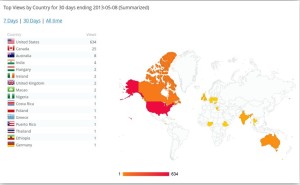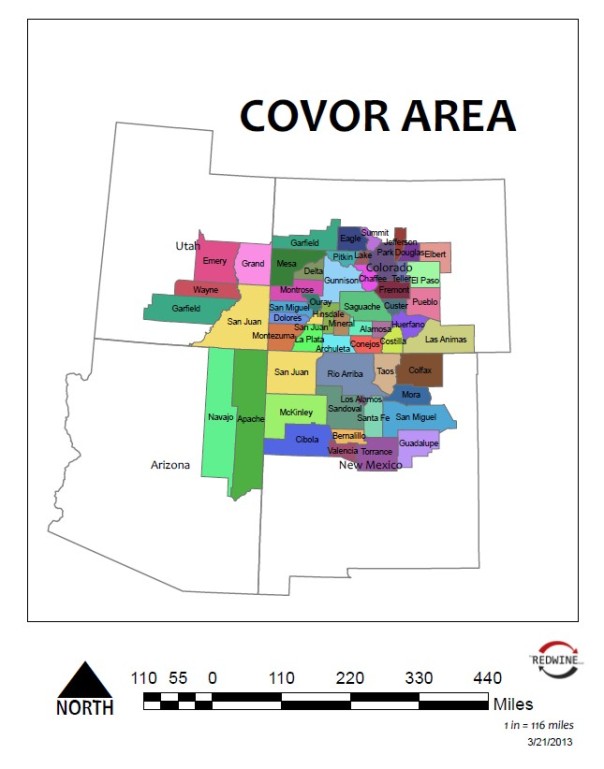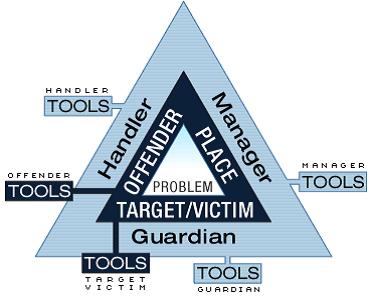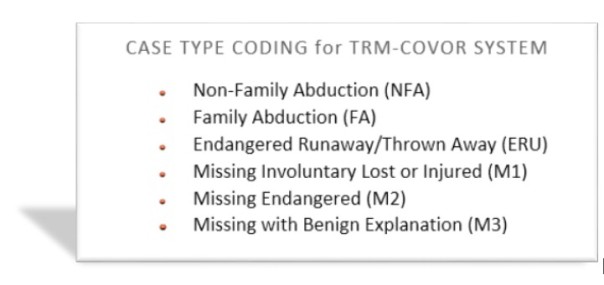Monthly Archives: May 2013
Understanding the Redwine Model (TRM-COVOR)—THEORETICAL ASSUMPTIONS
Routine Activities Theory (RAT) underlies all prevention analysis provided by TRM-COVOR systems. “The theory states that a crime occurs when the following three elements come together in any given space and time: 1) An accessible target, 2) The absence of capable guardians that could intervene, and 3) the presence of a motivated offender,” (New South Wales Attorney General Office 2011).
This theory is one of the main theories of environmental criminology, providing, “simple and powerful insight into the causes of crime problems,” (Center for Problem Oriented Policing 2013). It has been suggested that if one of the three elements is eliminated a crime is prevented.
RAT can also assist in the initial determination of a missing child by uncovering whether the possibility of criminal action existed in the first place. It has been determined that in the case of Dylan Redwine, multiple opportunities presented themselves.
RAT also makes it clear that, “the spatial ordering of crime opportunities and the routines of offenders and victims creates many of the crime problems we see,” (Center for Problem Oriented Policing 2013). It focuses on settings instead of offenders, and seeks to, “forestall the occurrence of crime,” (Clarke 1997).
The bottom-line is situational prevention will bring lower levels of crime.
Suggested Reading
Center for Problem Oriented Policing. A Theory of Crime Problems. 2013. Center for Problem Oriented Policing. 2-19-2013.
Clarke, Ronald V. Situational Crime Prevention. [2nd]. 1997. Guilderland, New York, Harrow and Heston. 3-3-2013.
New South Wales Attorney General’s Office. Routine Activity Theory. 2011. State of New South Wales through the Department of Attorney General and Justice. 4-5-2013.
Understanding the Redwine Model (TRM-COVOR)—STATISTICS
Statistical Research on Missing Children and Child Homicide seeks to identify, “unique types of child murders, as well as examine more common offense patterns,” so a dynamic understanding can emerge. Indeed, any act perpetrated against a child, “is a highly emotional event, often attracting widespread societal and media attention,” making the investigative environment highly challenging (BOUDREAUX, LORD, and JARVIS 2001, 56-78).
Scientifically sound research is a requirement of future advances of the TRM-COVOR system, and thus far has appears to predominantly indicate, “that a child is more likely to be victimized by somebody they know,” despite this fact it seems, “the public is led to believe that a child’s risk of death by a stranger is far greater than from other individuals (i.e., family members or acquaintances),” (BOUDREAUX, LORD, and JARVIS 2001, 56-78). Consequently, TRM-COVOR, operationalizes intuitive coding of case types in order to populate alternative scenarios.
Some Additional Reading
BOUDREAUX, MONIQUE C., WAYNE D. LORD, and JOHN P. JARVIS. 2001. Behavioral Perspectives on Child Homicide: The Role of Access, Vulnerability, and Routine Activities Theory. Trauma, Violence, & Abuse 2, no. 1: 56-78.








